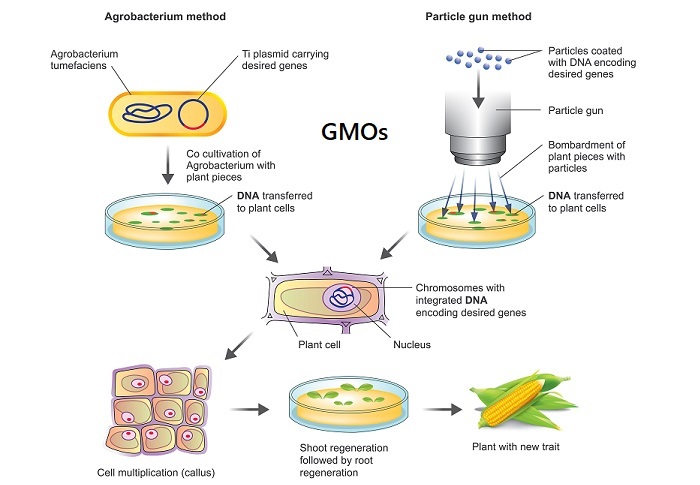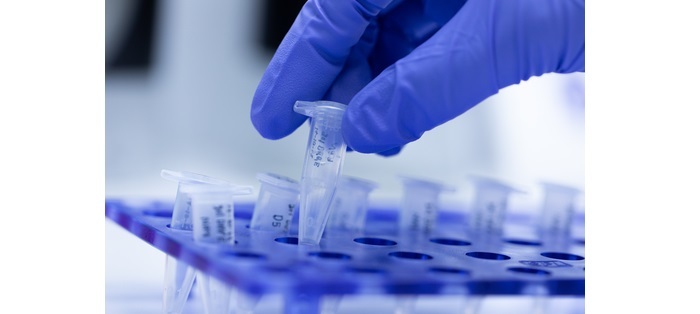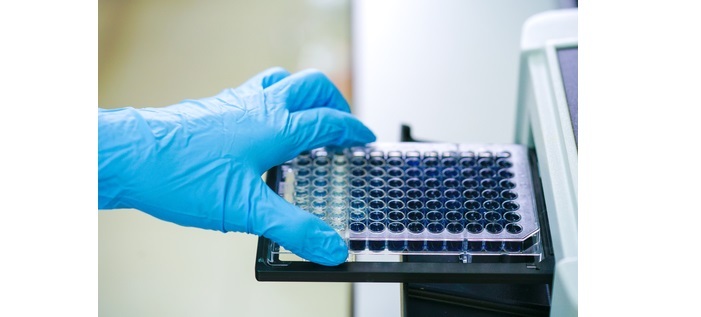
 Data Structure
Data Structure Networking
Networking RDBMS
RDBMS Operating System
Operating System Java
Java MS Excel
MS Excel iOS
iOS HTML
HTML CSS
CSS Android
Android Python
Python C Programming
C Programming C++
C++ C#
C# MongoDB
MongoDB MySQL
MySQL Javascript
Javascript PHP
PHP
- Selected Reading
- UPSC IAS Exams Notes
- Developer's Best Practices
- Questions and Answers
- Effective Resume Writing
- HR Interview Questions
- Computer Glossary
- Who is Who
Transgene Detection: An Overview
Introduction
Transgenic organisms, also known as genetically modified organisms (GMOs), are organisms that have had their DNA artificially altered by the insertion of foreign genes. These modifications can be made for a variety of purposes, such as improving crop yields, increasing disease resistance, or producing new medicines.
While there are many potential benefits to transgenic organisms, there are also concerns about their safety and potential impact on the environment. As a result, there is a growing need for reliable methods of transgene detection.

In this tutorial, we will explore the various techniques used to detect transgenes, including their strengths and limitations. We will also discuss the importance of transgene detection in ensuring the safety of transgenic organisms and their products.
Why is Transgene Detection Important?
The development of transgenic organisms has the potential to revolutionize agriculture, medicine, and many other fields.
For example, genetically modified crops can be designed to be more resistant to pests and diseases, reducing the need for harmful pesticides and herbicides. Transgenic animals can be used to produce human medicines, such as insulin, at a much lower cost than traditional methods.
However, there are concerns about the safety and potential environmental impact of transgenic organisms.
For example, transgenic crops could potentially crossbreed with wild plants, creating new, potentially harmful plant species. Transgenic animals could also potentially escape into the wild and disrupt natural ecosystems.
To ensure the safety of transgenic organisms and their products, it is important to be able to detect the presence of transgenes. This allows scientists and regulators to monitor transgenic organisms and ensure that they are not causing any harm.
Methods of Transgene Detection
There are several different methods that can be used to detect the presence of transgenes. These include,
PCR (Polymerase Chain Reaction)
PCR is a widely used technique for detecting specific DNA sequences, including transgenes. In this method, DNA is extracted from the sample being tested (such as a plant or animal tissue), and then amplified using PCR.

PCR involves a series of cycles in which the DNA is heated and cooled, causing it to denature and then reanneal. Each cycle doubles the amount of DNA, allowing even a small amount of starting material to be amplified into a detectable quantity.
Once the DNA has been amplified, it can be analyzed to determine whether the transgene is present. PCR is a highly sensitive and specific method of detecting transgenes.
However, it does require some prior knowledge of the sequence of the transgene being detected, and it can be susceptible to contamination if not performed carefully.
Southern Blotting
Southern blotting is a technique that is used to detect specific DNA sequences in a sample. In this method, DNA is extracted from the sample and then cut into fragments using restriction enzymes.
The fragments are then separated by size using gel electrophoresis, and then transferred onto a membrane. The membrane is then treated with a probe that is specific to the transgene being detected. If the transgene is present, it will hybridize with the probe and can be detected using autoradiography or other imaging techniques.
ELISA (Enzyme-Linked Immunosorbent Assay)
ELISA is a technique that is commonly used to detect proteins, including those produced by transgenes. In this method, a sample is treated with an antibody that is specific to the protein being detected.

If the protein is present, it will bind to the antibody, and this can be detected using a secondary antibody that is labelled with an enzyme. The enzyme will produce a detectable signal when it reacts with a substrate, allowing the presence of the protein to be detected.
Next-Generation Sequencing (NGS)
NGS is a rapidly advancing technology that allows the sequencing of millions of DNA molecules simultaneously. This technique can be used to detect transgenes by sequencing the DNA extracted from a sample and comparing it to a database of known transgene sequences.
Applications of Transgene Detection
Transgene detection has a wide range of applications, including ?
Regulatory Compliance
Many countries have regulations in place to ensure the safety of transgenic organisms and their products. Transgene detection is an important tool for regulators to monitor compliance with these regulations and ensure that transgenic organisms are not causing harm to the environment or human health.
Food Safety
Transgenic crops are widely used in agriculture, and it is important to ensure that these crops are safe for consumption. Transgene detection can be used to monitor food products and ensure that they do not contain any harmful transgenes.
Environmental Monitoring
Transgenic organisms can potentially have an impact on natural ecosystems if they are released into the environment. Transgene detection can be used to monitor these organisms and ensure that they are not causing any harm.
Biotechnology Research
Transgene detection is also important in the development of new biotechnologies. By detecting the expression of transgenes, scientists can monitor the efficacy of new treatments and therapies.
Limitations of Transgene Detection
While transgene detection is an important tool for ensuring the safety of transgenic organisms and their products, there are also some limitations to these methods. These include ?
False Negatives
Transgene detection methods can sometimes produce false-negative results, meaning that a transgene may be present but not detected. This can occur if the transgene is present at low levels or if the detection method is not sensitive enough.
False Positives
Transgene detection methods can also produce false-positive results, meaning that a transgene is detected when it is not actually present. This can occur if the detection method is not specific enough and detects similar sequences that are not actually the transgene.
Contamination
Transgene detection methods can be susceptible to contamination, which can lead to inaccurate results. This can occur if the sample being tested is contaminated with DNA from other sources, or if the detection method itself is contaminated.
Conclusion
Transgene detection is an important tool for ensuring the safety of transgenic organisms and their products. There are several methods available for detecting transgenes, each with its own strengths and limitations. These methods are widely used in regulatory compliance, food safety, environmental monitoring, and biotechnology research.

